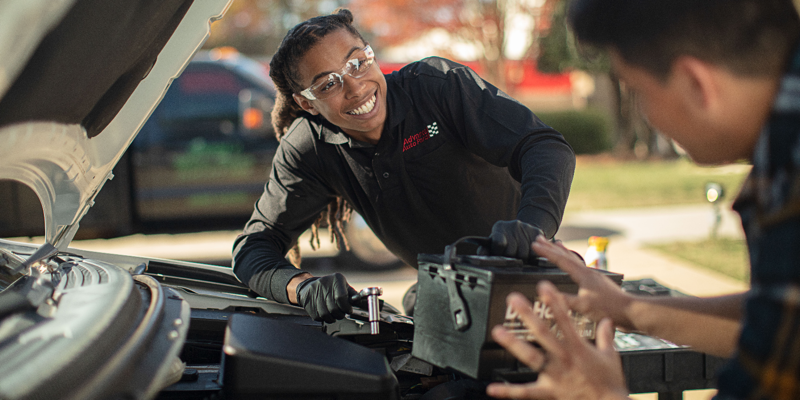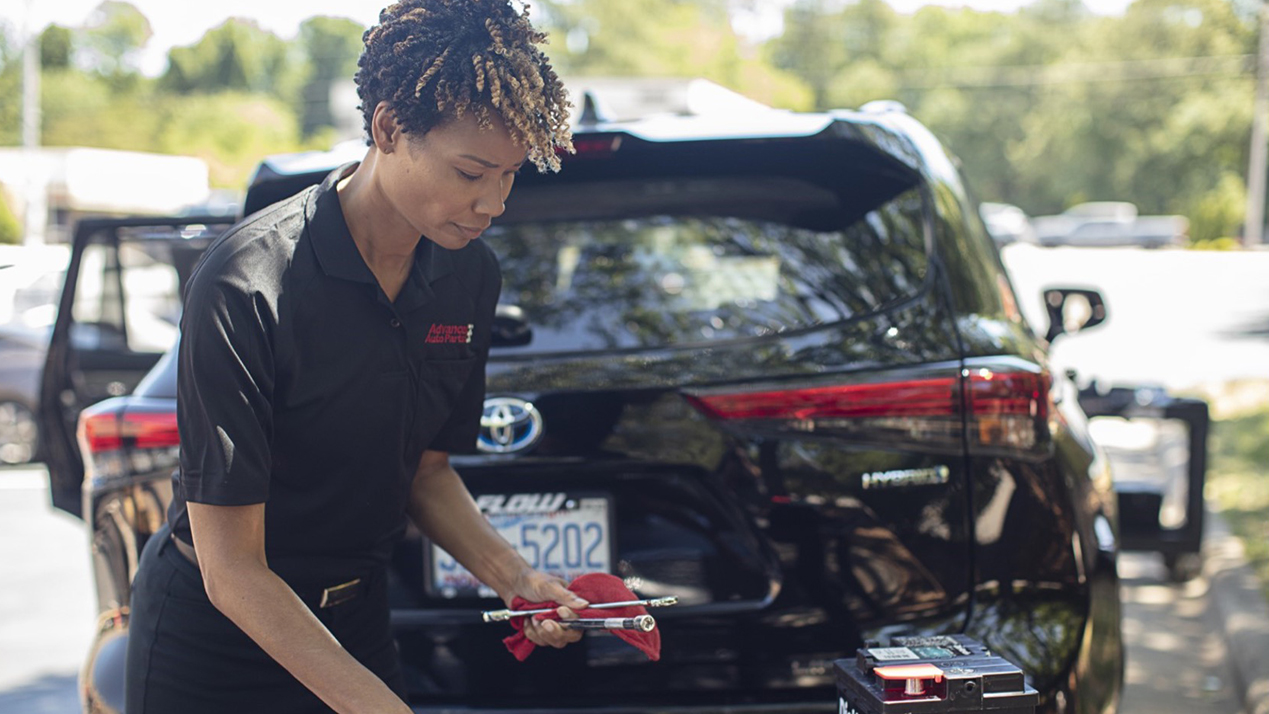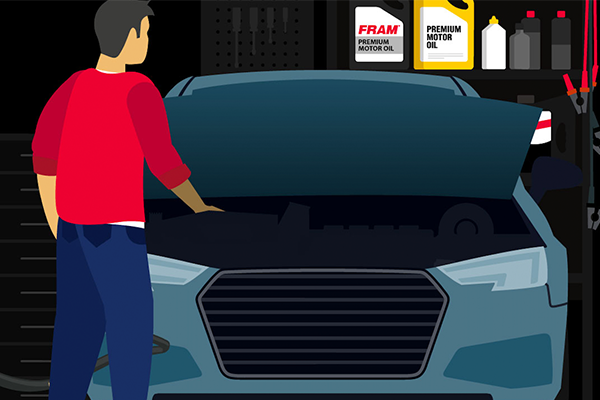Ever assemble a piece of off-brand, cheap prefab furniture that you'd lugged home in a box the size of a surfboard and the weight of, well, a piece of furniture made from 100% genuine particleboard?
Then perhaps you may also have unfortunately experienced the gut-punch realization halfway into that job that somewhere along the line the job went south, and you needed to tear it all apart and start over. The parts didn't fit together correctly. The hardware was missing. The dog ate the instructions, which would have mattered if those instructions were actually useful.
Whatever the reason, you've got a do-over on your hands, and you're not getting that hour of your life back.
It's in that moment of frustration you are reminded of the importance of three things:
- Price does not equal cost. Paying good money for badly made products is never a smart idea.
- Whether you're a do-it-yourselfer or a professional, time is money.
- Manufacturers who make the good stuff pay attention to the details.
These all ring true whether we're talking about furniture or car parts. So it is with power window regulator and motor assemblies, a deceptively complicated mechanism whose main mission in life is to raise and lower the windows in a vehicle. And although that sounds like a pretty straightforward task, here's the catch: producing an aftermarket window regulator that installs predictably, functions reliably, and lifts and lowers consistently without turning into a finger guillotine with a tempered glass blade requires a serious commitment to engineering and manufacturing excellence.
Evolution and Revolution
Power window regulators, like just about everything in modern cars and trucks, have come a long way since the day of those simple, chrome-plated toggle switches in your grandad's Buick.
Scissor-style regulators, prevalent in vehicles produced in the 1990s, were robust and reliable, but engineered for the heavier windows used in vehicles of that era. Consumer demand and government mandates for more fuel-efficient vehicles led to the replacement of the scissor-style mechanism with a lighter, but more failure-prone design that utilized a single cable along plastic guides.

Scissor-style regulator | Lee Procida

Single-cable design | Lee Procida
Dual rail cable designs were introduced for heavier windows, but like the single-cable assembly, poor quality cable guides and sheathing led to failures. Other designs installed over the years as original equipment include variations of the “Goldie" system, a single-rail regulator named after inventor Bertram Goldsmith, and lightweight, gear-driven arm-style regulators designed for door panels with limited space.

Dual-cable design | Lee Procida

“Goldie" system regulator | Lee Procida
The design that's most prevalent in late-model vehicles uses a panel-mounted scissor or cable regulator mechanism.

Panel-mounted scissor regulator | Lee Procida
Smart and Safe
The most advanced type of window regulator, called an integrated window control assembly (IWCA), incorporates a circuit board-controlled “smart motor" that will sense an obstruction and reverse the window direction to safely avoid a pinch. This type of regulator has inherent safety features, along with the ability to control other convenient window functions such as one-touch up-and-down and global opening. Those features must meet U.S. Federal Motor Vehicle Safety Standards (FMVSS) 118 for “power-operated window, partition and roof panel systems."
Some window regulators with smart motors require a calibration procedure when you install them, which enables auto-up, auto-down and pinch protection features. This procedure can vary by vehicle and regulator manufacturer. Select Dorman window regulators, for instance, take only a few seconds to program, as shown in this video.
Compliance with that FMVSS 118 standard is what separates the serious aftermarket window regulator manufacturers from the wannabes. That's exactly as it should be, considering the grave injuries that can result from a vehicle occupant or pet getting caught in a window that doesn't reverse when required — either due to cheap construction or poor design. FMVSS compliance requires sophisticated and rigorous testing of aftermarket regulators.
By extension, that also means every time an aftermarket manufacturer wants to mimic or upgrade one of the thousands of the OEM smart motor-equipped window regulator designs, extensive research and development on the OE assembly and the intended upgrades is a a must. We're talking millions of dollars here to successfully produce reliable, safe, durable regulators that will seamlessly replace a failed factory assembly.
There are a mere handful of aftermarket manufacturers in the world that have made that very expensive investment in testing and R&D, especially for complete regulator assemblies. Those that haven't are producing regulators that are functional at best (but untested), and at worst, downright dangerous.

Window regulator | Lee Procida
Four Requirements of a Reliable Regulator
The bottom line here is that, like cheap build-it-yourself furniture, poorly constructed aftermarket window regulators are as easy to find as they are lacking in fit, performance and durability. The good ones boast these four must-have characteristics:
1. Safety Compliance
You know that old joke about “I'm from the government, and I'm here to help you." When it comes to aftermarket window regulators, that's not fiction, it's fact. FMVSS 118 provides very specific engineering and testing standards to prevent serious injury.
Want a simple way to verify that the regulator you're considering is FMVSS-compliant? Call the company's technical support department (if one even exists) and ask for proof. Want a simpler way? Accept that this is a high-stakes part, ignore the no-name knockoffs completely and stick with a well-known aftermarket manufacturer who unequivocally proclaims FMVSS compliance on their website.
2. Rigorous Testing
Whether you're buying a window regulator mechanism, motor or an entire assembly to speed installation, a quality manufacturer will herald how rigorously those parts or assemblies were tested for vehicle fit, function and durability.
It can be tough to diagnose whether a window isn't opening or closing properly or completely because of a failed regulator mechanism, motor or both. Experienced service technicians and dedicated DIYers know all too well how frustrating it is to have to perform the same repair twice, particularly when it requires multiple assembly and disassembly steps. Choose a window regulator manufactured by a company that's rigorously tested for vehicle fit and eliminate that potential aggravation.
Same applies to testing for reliability. Top-shelf manufacturers of aftermarket window regulators use specialized testing apparatus that replicate more than eight years of regular use. That's roughly 10,000 cycles. Only highly engineered regulators survive that kind of purposeful abuse, and the reason they do is that they're built from better components that are first tested for tensile strength, hardness and precision.
3. Seamless Fit and Function
Buying a quality regulator will ensure a predictable, no-fuss installation and original equipment functionality. But keep in mind that only manufacturers with substantial investments and expertise in circuit board design and embedded technology can promise that seamless installation process, especially when replacing integrated window regulator assemblies.
Remember, these are computer hardware and software-driven machines. Simply reverse-engineering an integrated OE regulator assembly doesn't guarantee replication of the technology required to restore all of its advanced features, and substandard regulators may require specialized, time-consuming programming of the smart motor. Look instead for a reliable and thoughtfully designed aftermarket replacement with a smart motor that can be programmed simply by putting the window up and down to activate the regulator's auto-up/auto-down and anti-pinch functions.
4. Warranty & Support
The aftermarket manufacturers that have made the commitment and invested the millions necessary to lead in this replacement part category are also going to be proud to offer accessible customer support and a solid warranty. “Solid" meaning a limited lifetime warranty covering defects in material or workmanship under normal use and service. Choose the right manufacturer, and you likely won't need to use the warranty. But it's nice to know that when it comes to a replacement part designed first and foremost to protect you and your passengers, it's there if you need it.
It's clear that brand names carry trust here, something that's more important than ever when you're dealing with a car part that comes with safety implications.
Have you ever replaced a window regulator? Let us know your experiences in the comments.







